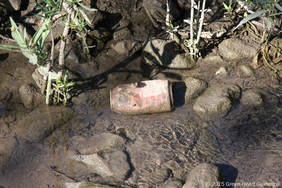
I believe this kind of weight loss is entirely possible based on my own history. I experienced similar results when I cut regular soda out of my diet in high school. I didn’t drink that much soda, probably only 2-4 a week, but when I stopped drinking it, I dropped from a size 16 to a size 12, probably losing 20 pounds. However, I unfortunately made a poor decision when I stopped drinking regular sodas: I started drinking diet sodas. NutraSweet, the brand name for aspartame at that time, gave me headaches. Yet despite that, I drank the diet cola anyway. I discovered that if I drank Diet Coke or Diet Doctor Pepper often enough, I could build up a tolerance to the aspartame that prevented the headaches from happening most of the time. In retrospect, I ponder at my rather stupid decision to intentionally drink something I knew my body didn’t like. However, after the weight loss when I switched to diet from regular, I didn’t want to go back to regular.
I then became a diet soda addict. All the way through college and grad school, I drank 2-4 diet sodas per day. I would periodically see forwarded emails about the dangers of aspartame and how it converts to formaldehyde, but I chose to ignore them as the paranoid rantings of conspiracy theorists. After I had my kids, though, my health fell apart. I became intolerant to most synthetic chemicals. Very quickly, I figured out that diet soda was not something my body was going to be ok with.
The more I learned, the more I realized that those forwarded emails about the dangers of aspartame weren’t paranoid delusions. They were reality. Medical studies have since shown that aspartame does convert to formaldehyde and binds with organ tissues. As I worked on healing from Lyme disease, part of the journey included my body doing a lot of intnse and spontaneous detoxification. At one point, I spent about a month detoxifying from what applied kinesiology showed was formaldehyde. While all of us are exposed to formaldehyde in our lives because it is used in paper, pressed wood, wallboard, furniture and much more, I suspect the amount of detoxing I was doing was related to my previous diet soda addiction.
Water now makes up the vast majority of my liquid intake with caffeine free herbal teas being my other beverage of choice. My body is much better off this way. I don’t miss the aspartame headaches, and I know my body appreciates me not polluting it with unnecessary chemicals and sugar.
© 2015 Elizabeth Galen, Ph.D., Green Heart Guidance, LLC



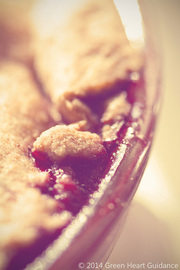
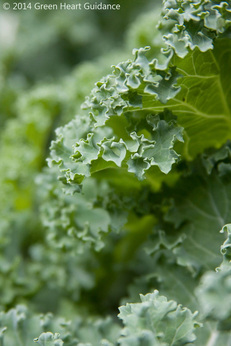
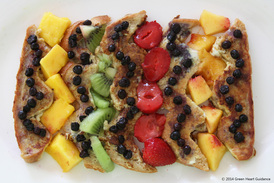
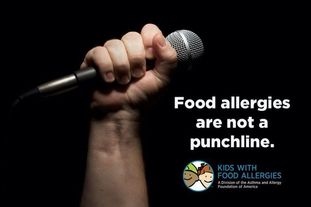

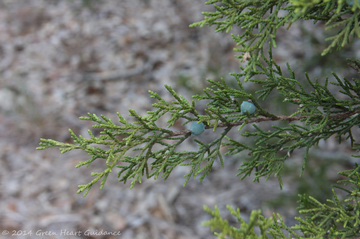

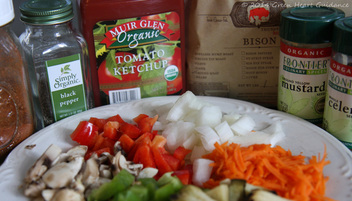
 RSS Feed
RSS Feed